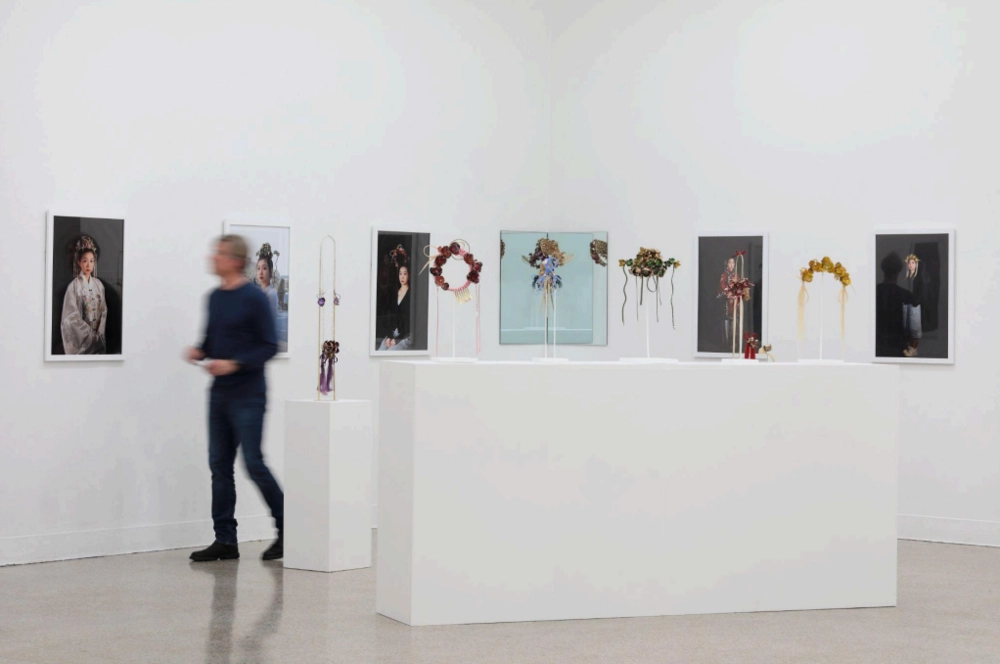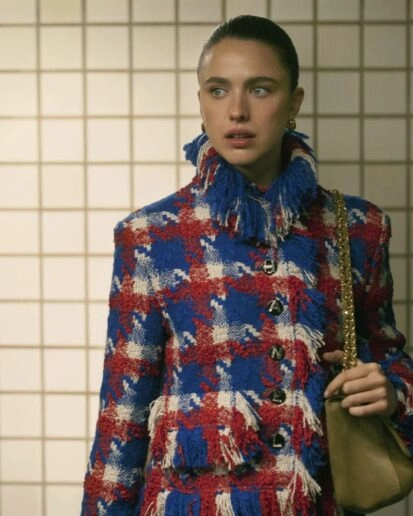
Non-metallic Jewelry Design by Yifei Kong: Redefining Self-Expression and Celebrating Female Identity
Jewelry designer Yifei Kong’s latest collection, I Am Who I Am, delves into themes of gender, identity,
and self-expression. Inspired by her experiences growing up in Beijing, a city where modernity meets
tradition, Yifei reimagines ancient Chinese hair accessories—historically symbols of status and
control—using recycled aluminum cans rather than precious metals and gemstones.
Jewelry designer Yifei Kong’s latest collection, I Am Who I Am, delves into themes of gender, identity, and self-expression. Inspired by her experiences growing up in Beijing, a city where modernity meets tradition, Yifei reimagines ancient Chinese hair accessories—historically symbols of status and control—using recycled aluminum cans rather than precious metals and gemstones. “The fusion of history and modernity in Beijing has always been my source of inspiration,” she shares. This choice of material not only aligns with her commitment to sustainability but also challenges traditional expectations, symbolizing women’s freedom to define their own identities beyond societal constraints.

Since childhood, Yifei has had a fascination with art, exploring everything from singing and dancing to painting. “I have always loved creating, whether through drawing or crafting small items, and seeing family and friends wear jewelry designed by me feels special and meaningful,” she says. This lifelong passion for self-expression and design ultimately led her to the art of jewelry making, where she views her pieces as more than adornments. For her, “jewelry is not just an accessory, but a form of self-expression that reflects a person’s attitude and mood.”

With I Am Who I Am, Yifei explores the tension between historical and contemporary values regarding women’s roles. Each piece invites viewers to question societal norms and engage in conversations about gender equality. By reinterpreting traditional motifs with non-traditional materials, she offers women a means to express themselves without the limitations of class or identity, showcasing the beauty and strength of women while advocating for respect and recognition. Her work, as she describes it, “creates a dialogue with the audience about the tension between traditional and contemporary values surrounding female status in Chinese society.”

At her recent exhibition, Yifei took her storytelling further by integrating photography and film,
providing deeper context for each piece and allowing visitors to experience the stories and emotions behind her designs. The interactive setup invited attendees to try on the jewelry, creating a dynamic dialogue between art and audience. “I invited the audience to personally experience the feeling of wearing my work,” she notes. The response was overwhelmingly positive and gave her confidence in her mission to use jewelry as a form of cultural storytelling, bridging different cultural backgrounds and sparking understanding.

Sustainability is also a core part of Yifei’s approach, as she prioritizes ethical, eco-friendly materials to create pieces that promote mindful consumption. Reflecting on fashion’s issues with overproduction and waste, she emphasizes that “designers have a responsibility to create high-quality, timeless works that minimize waste and promote conscious consumption.” By using recyclable materials like aluminum cans, she not only reduces her ecological footprint but also infuses each piece with symbolic weight, as the choice of material reflects women’s independence and ability to break free from constraints.

Looking forward, Yifei is eager to explore other creative outlets, such as incorporating more
photography into her work and possibly venturing into clothing design. She aims to continue blending tradition with modern aesthetics to create unique, meaningful works that resonate across cultural boundaries.
Text: Sofia Reed









